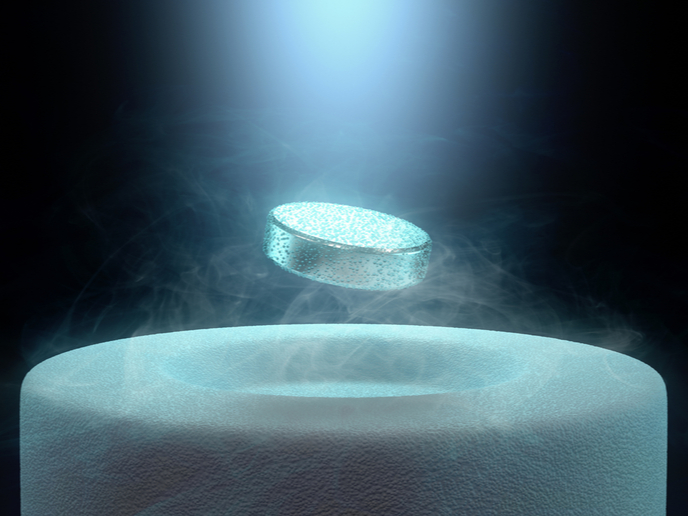TRENDING SCIENCE: World’s first room-temperature superconductor is here after over a century of waiting
Superconductors transmit electricity without resistance, enabling the current to flow without any energy loss. Much of the energy we generate is lost as heat because of electrical resistance. All superconductors discovered until now needed to cool materials to very low temperatures. These low temperatures make them useless for most functions. They also make them costly to maintain and to expand to other possible applications.
One giant leap for superconductivity
Now, imagine a world where superconductivity transforms the electrical grid, where technology alters electronics and transportation, where materials are wired into our electronic devices and power grids. We’d save enormous amounts of energy while being able to pack circuits into small spaces, like our pockets. Superconductivity could revolutionise a wide range of applications, from levitated trains to medical imaging. The search for materials that superconduct at higher temperatures has gone on for more than a century. The wait is now over. Scientists have made a superconductor compound that works at a very pleasant 15 °C, shattering the previous record of – 23 °C. The findings were published in the journal ‘Nature’(opens in new window). “Because of the limits of low temperature, materials with such extraordinary properties have not quite transformed the world in the way that many might have imagined,” Ranga Dias, assistant professor of mechanical engineering and of physics and astronomy at the University of Rochester in New York told the ‘BBC’(opens in new window). “However, our discovery will break down these barriers and open the door to many potential applications.” Prof. Dias, who led the research, noted that room temperature superconductors “can definitely change the world as we know it.”
Breaking the long-sought room temperature barrier
To make the superconductor, the researchers examined a mixture of three elements: carbon, hydrogen and sulfur. They combined these elements to create a carbonaceous sulfur hydride(opens in new window) material. They squeezed a sample between two diamonds and hit the material with laser light to cause chemical reactions. Then the research team measured it for superconductivity. The pressure was around 2.6 million times that of the Earth’s atmosphere, with temperatures at about 15 °C. The team discovered that the electrical resistance had vanished. Prof. Dias now plans to find ways to produce room-temperature superconductors at lower pressures. This will make them more cost-efficient to create in larger quantities. “With this kind of technology, you can take society into a superconducting society where you’ll never need things like batteries again,” commented co-author Ashkan Salamat of the University of Nevada. Las Vegas. “This may be just a tip of the iceberg of a broader set of discoveries,” added Russell Hemley, a professor of chemistry and physics at University of Illinois at Chicago who was not involved in the research, in ‘The New York Times’(opens in new window). “The really interesting question, just fundamentally, is: What is the limit?” Prof. Hemley observed. “And what is the mechanism at these very high temperatures? Because that’s really an open question.”



